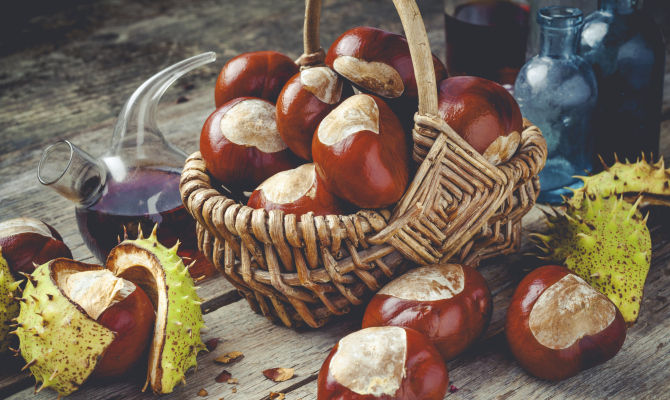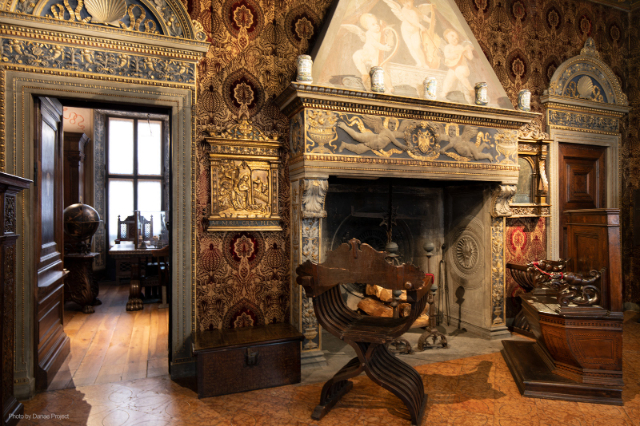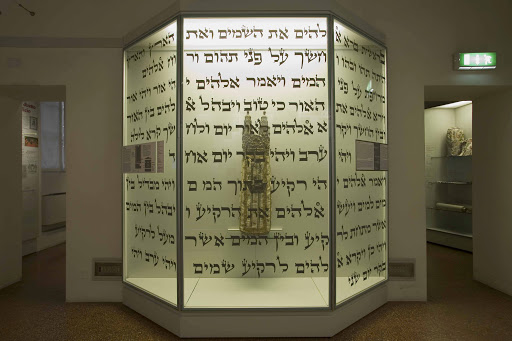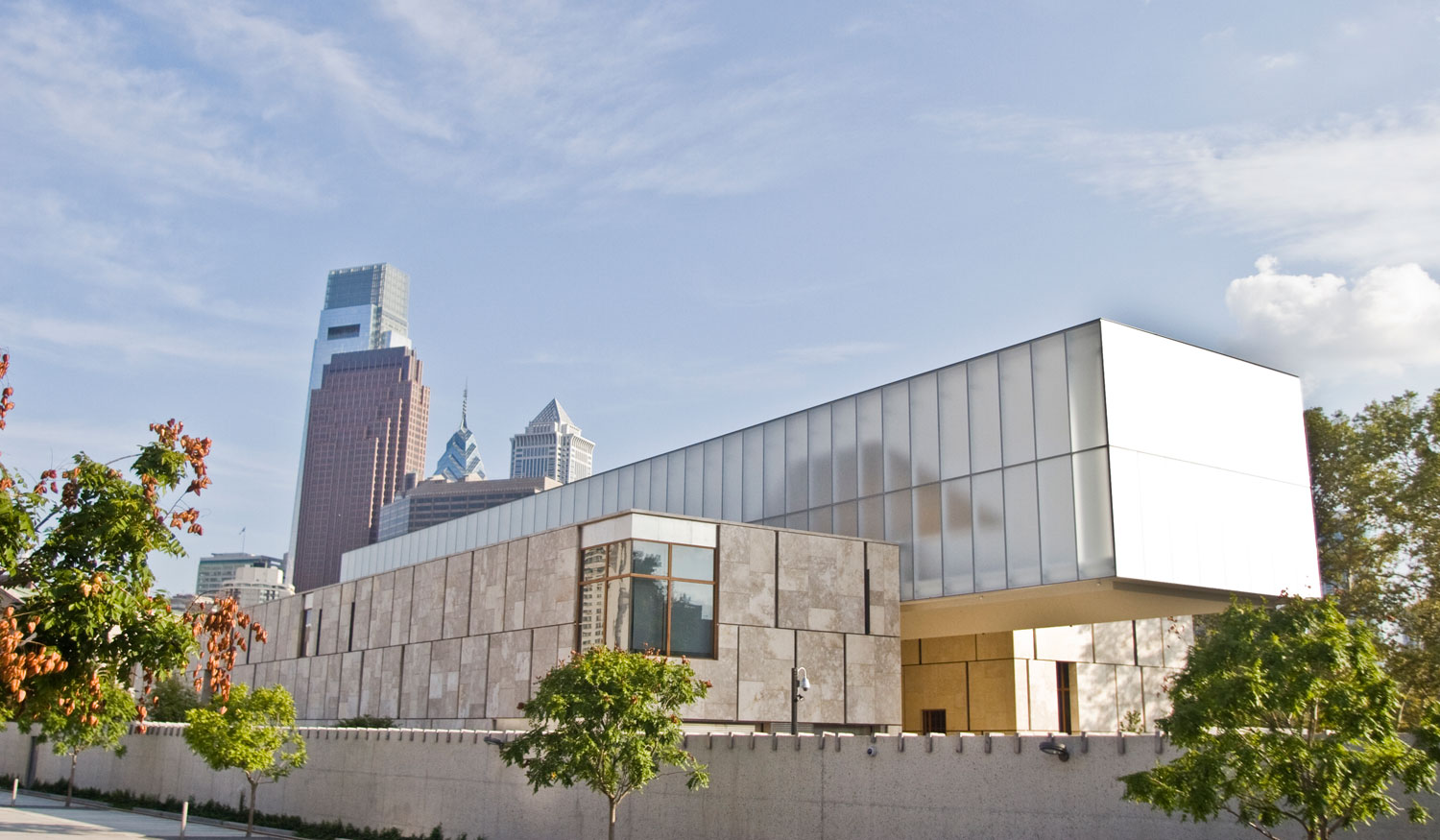In the rooms of Palazzo Alidosi, in Castel del Rio on the Imola hills, are collected the secrets of the cultivation and processing of a fruit long considered the "bread of the poor".
The Museum tells the story of this fruit, starting with the soil on which the plants grow and ending with a description of the natural characteristics of the chestnut trees.The museum, created in 2002, is an integral part of the "Strada dei vini e sapori dei Colli d’Imola" (Route of the wines and flavours of the hills of Imola), located in the picturesque hills of Imola, in the province of Bologna. The Chestnut Museum is housed in some rooms of Palazzo Alidosi, which has been the town hall of Castel del Rio since 1841. The monumental palace-fortress was built at the behest of Cardinal Francesco Alidosi at the beginning of the 16th century, perhaps to a design by Bramante, a friend of the cardinal, or by Francesco da Sangallo. The project, which envisaged a massive square structure surrounded by a defensive moat, was never completed due to the debts incurred, and the work ended with the construction of only two of the four planned bastions.
The museum is an opportunity to encounter the nature, culture and history of the upper Santerno Valley, centred on the fruit of the chestnut tree, in particular the delicious marrone of Castel del Rio which boasts Igp recognition.
Chestnuts are very different from the more common chestnuts. First of all, they are distinguished by their taste: sweeter and more fragrant, they exalt the aromas and flavours of the woods. The chestnut is also larger than a chestnut, so much so that a husk contains a maximum of two or three fruits. Finally, it is protected by a brown skin and a thin husk that can be removed very easily, which is almost impossible with chestnuts. All the goodness of the chestnuts can be fully enjoyed in autumn, but – as illustrated by panels and special tools in the museum – the wisdom of the mountain people has developed an all-natural procedure to preserve the exquisiteness of the fruit until spring. The chestnuts are immersed in water for about 8 days, so as to cause a slight fermentation; the fruits are then left to dry in well-aired rooms and collected in net bags.













